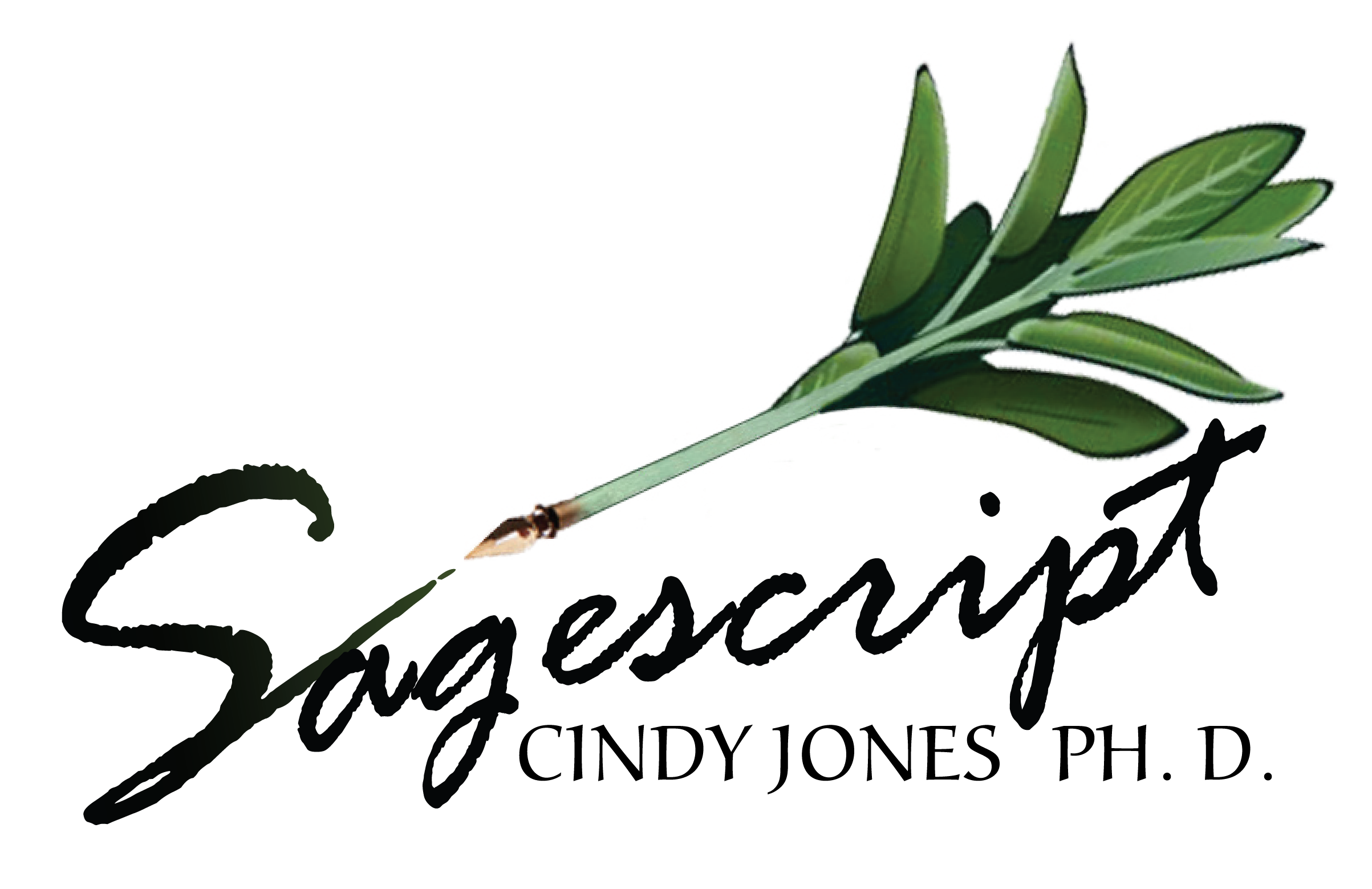Farms are important for many reasons including preserving open space around a city, providing wildlife habitats, as well as the crops they produce. Most people are well aware that their food comes from a farm in the form of vegetables and meat. But are you aware of the other, non-food crops that come from a farm? Throughout time people have always had a rich relationship with plants and plants that were particularly useful then became cultivated. The study of this relationship is often called Economic Botany.
Plants produce fiber, medicines (both traditional and modern), spices, herbs, perfumes, vegetable oils, waxes, latex, resins, poisons, psychoactive drugs, and alcoholic beverages.
Smaller farms might be especially important because they are more likely to have biodiversity on the farm than large corporate farms that are interested in a single crop.
Lets look for instance at some of the uses of plants that are grown on a farm.
Arts and crafts. Many plants can be used for arts and crafts. Various types of grasses have been used for making baskets, mats, and hats. People are even using pine needles and lavender stems to make baskets. One of my favorite crafts is the lavender wand.
Medicine. Herbs are important medicines used throughout the world. Some of the top medicinal herbs that can be grown in Colorado are Echinacea, Mint and Chamomile.
Modern medicine has obtained many of their drugs from plants too. Some of these pharmaceutical crops include Yew grown for Paclitaxel, Camptotheca grown for camptothecin, and Galanthus woronowii grown for Galantamine (an Alzheimers drug). The active ingredients from these plants are extracted after harvest for preparation of the therapeutic substances . GlaxoSmithKline makes digoxin from foxglove that is grown in the Netherlands. http://pubs.acs.org/cen/coverstory/83/8325/8325digoxin.html
Perfume. Scent is one of the most delightful things about herbs and this property also makes them important in sensory gardens. The most common way of obtaining scent or perfume from plants is by distillation to produce an essential oil. However, there are other ways that scent is extracted as well. Common plants used for perfume are lavender and rose. On our farm we distill aromatic herbs to obtain the aromatic water. We routinely distill lavender, rose, tulsi, cucumber, lemon balm, clary sage and mint.
Fiber. Fiber crops can be used for clothing, basketry or building materials. Common crops used for clothing are hemp, agave, cotton, and linen. Animal hairs are also common fibers used such as wool from sheep and mohair from angora goats.
Flavor. Culinary herbs provide the bulk of plants grown for flavor. Some of my favorites are Basil used in pesto, garlic used in a variety of dishes and sage.
Cosmetics and Beauty. This is the area that I am most familiar with since I grow herbs to use in Colorado Aromatics Skin Care. Herbs provide an abundant amount of antioxidants and anti-inflammatory agents; far more than what you could add to a product from other sources. Perhaps one of the most important herbs used in skin care is calendula, but the number is limitless due to the variety of benefits they provide. Growing these herbs allows us to produce a unique, highly functional, farm to skin brand and to be members of our local farmers market.
Fatty Oils that can be used for cooking and more including cosmetics. In Colorado sunflowers are grown for this purpose although most are used for the production of energy.
Alcohol. The most obvious plants grown for alcohol would be grapes for wine, barley for beer and other grains for distilled spirits. But many other herbs are grown for flavoring alcoholic beverages too. For instance, juniper for flavoring gin. Other herbs used in alcohol are coriander, anise, cardamom and licorice. At Colorado Aromatics, we grow lemon balm for flavoring Trinity Absinthe.
The Society for Economic Botany is a professional society who’s members study the relationship between plants and people. You can find them here.



Great post Cindy. We had so many farms in our area of Maryland. One by one they are all disappearing being replaced by buildings, shopping centers and parking lots. Our beautiful green spaces are almost all gone…it breaks my heart.
That is sad. Once a farm is gone, its something that you can never get back.
This is great information! I've learned a lot! I always thought of farms producing live stock and fruits and vegetables. Not herbs or plant material for arts and crafts. Thanks for the info!
I love your post! I would say we have the opposite as Renan going on in our area. The existing farms are getting larger/more corporate and even tho this is a very rural area the people living in town are very much removed from farming. I don't think that this idea of economic botany would be well received by either group and that saddens me most of all.
Hi Cindy – I love your posting – where did you get your still? I've been wanting to try to distill my lavender and other herbs but didnt know where to get the equipment.
Brenda, there are many places to get stills and many sizes too. The one shown in this picture is from Mile High Distilling.